What School Lunch looks like around the world
Some schools have great lunch menus; others, not so much. While the government has basic guidelines for school lunch nutrition, there’s a lot of room for interpretation. Early in the school lunch program the Roosevelt administration hired anthropologist Margaret Mead to create scientific guidelines for children’s nutrition, and the recommendations included “balanced meals” of meat or beans, green and yellow vegetables, citrus fruits, milk, bread and butter. But over time the state of school lunch slowly devolved into trays of processed food rife with refined carbohydrates, salt and fat … with the ammonia-treated meat slurry known as “pink slime” marking the pinnacle of unpalatable.
However, new standards are on the horizon. In 2012 the USDA made the first major changes to school meals in 15 years. In an effort to raise healthy kids, schools will need to step up to the plate, so to speak, and begin offering daily fruit and vegetables, increasing the availability of whole-grain foods, offering appropriate portion sizes, and a focusing on reducing saturated fat, trans fats and sodium.
Will the new guidelines encourage a fresh approach to the school lunch menu, and perhaps more importantly, help to foster a more wholesome concept of eating in our kids? How those guidelines will be put to final use remains to be seen, as full compliance is not required until 2015. But it got us thinking about kids’ eating habits and what other children around the globe are being fed for lunch. Here’s what we found:
Sweden
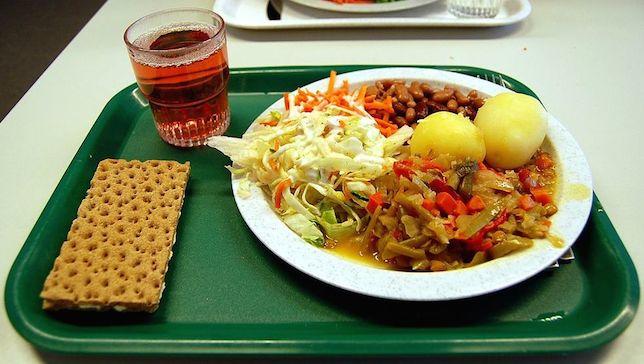
This was taken during “vegetarian week,” but most lunches have as many vegetables. (Photo: Casey Lehman/Wikimedia Commons)
Brazil

Rice and beans, ground beef and shredded vegetables. (Photo: Elizabeth R./What’s For School Lunch)
South Korea
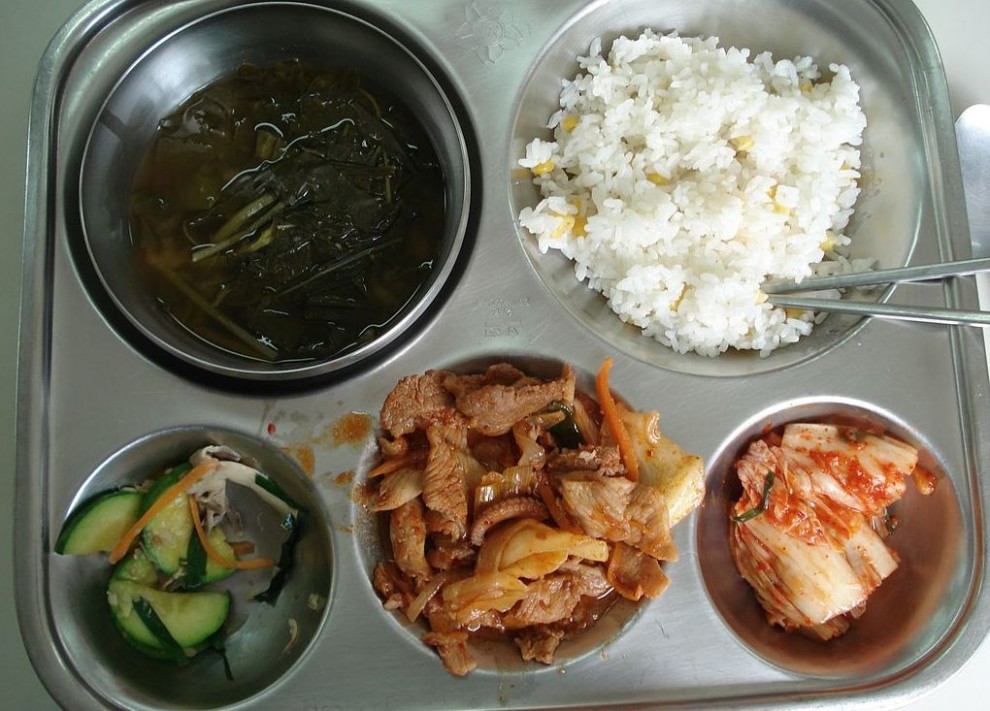
Rice, meat, kimchi, cucumbers and soup. (Photo: Wikimedia Commons)
Czech Republic
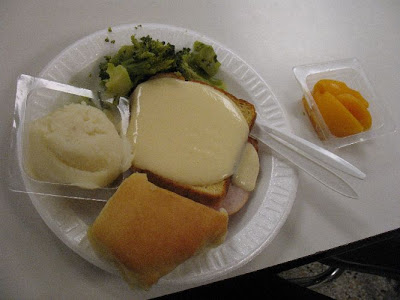
Open-faced sandwich, mashed potatoes, broccoli, roll and peaches. (Photo: Nick/What’s For School Lunch)
Japan
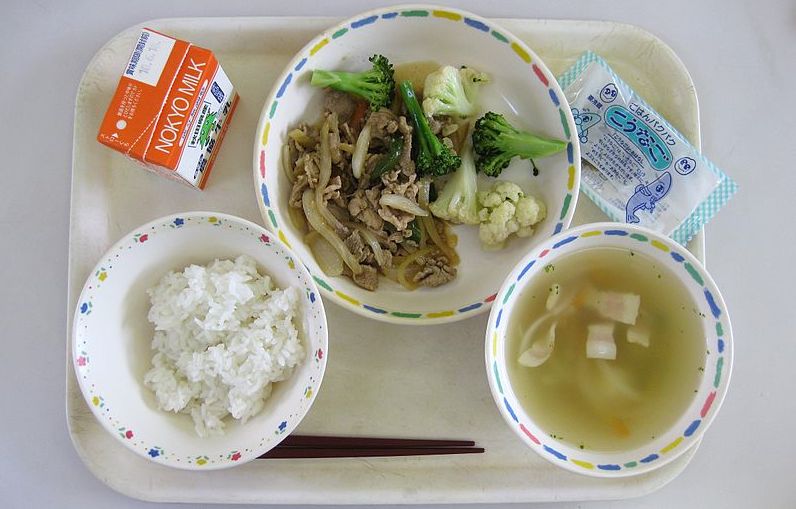
Rice, miso soup, a packet of dried fish, pork with vegetables and milk. (Photo: Douglas P Perkins/Wikimedia Commons)
Ukraine
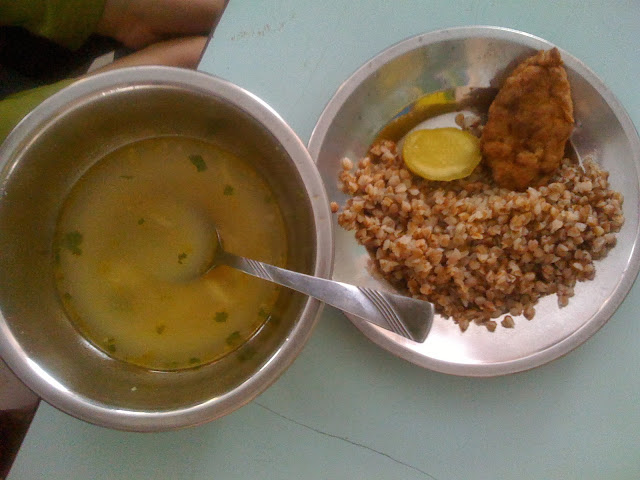
Soup with potatoes, buckwheat, sausage patty and pickle. (Photo: Lacey/What’s For School Lunch)
Singapore
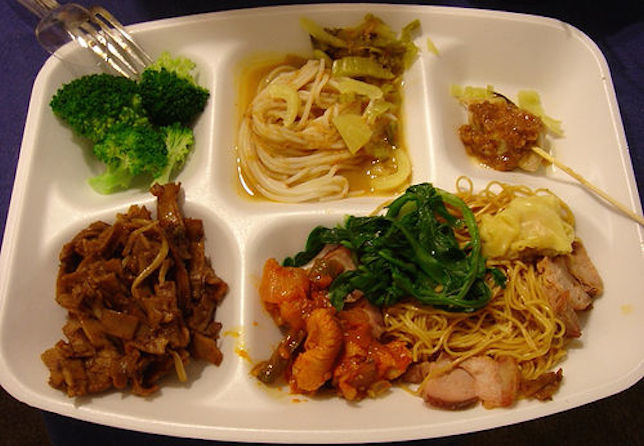
Noodles, pork, broccoli and vegetables. (Photo: What’s For School Lunch)
Djibouti
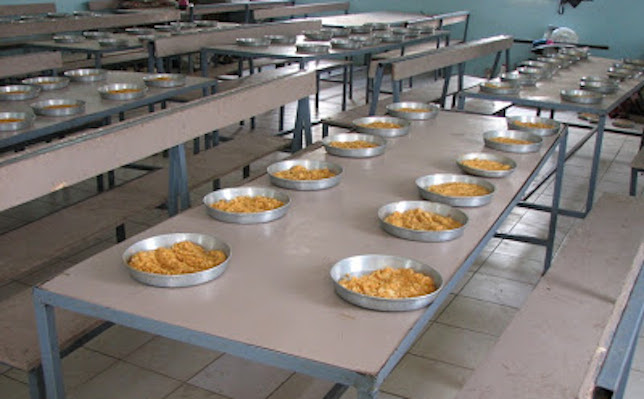
Rice and beans with sauce. (Photo: What’s For School Lunch?)
Chile
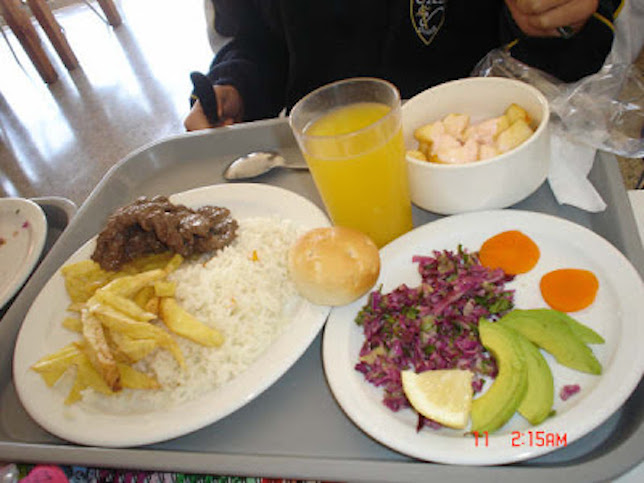
Rice, fries, beef roll, cabbage salad, avocado, apricot, lemon wedge, orange juice and fruit with sauce. (Photo: What’s For School Lunch?)
So how do school lunches stack up across the globe? It’s a mixed bag really. Some look healthy and colorful, others seem to be lacking a bit. (And many of them could use some help in the presentation department.) As for lunch in the U.S., there are more than 32 million children participating in the National School Lunch Program, which seems like an obvious place to instill healthy habits that can last a lifetime. While some people are protesting the new USDA guidelines, why shouldn’t the lessons we learn in school apply to eating as well as reading and writing?
What kids around the world eat for lunch | MNN – Mother Nature Network.




